
Squeeze lemon into the rice cooker before cooking, a small tip that everyone will praise when they see the results.
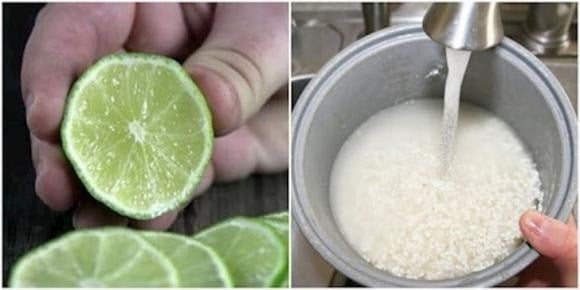
The Benefits of Adding Lemon Juice to Your Rice Cooker
Rice is an essential dish in every Vietnamese family meal. Thanks to the convenience of the electric rice cooker, preparing rice has become easier than ever — simply rinse the grains, add the right amount of water, press the button, and wait for it to cook.
However, if you want your rice to taste even better, there’s a simple yet surprisingly effective trick you can try: add a few drops of lemon juice to the pot before cooking.
At first, this may sound strange — some might think lemon juice would make the rice sour. But in reality, the amount of lemon used is so small that it won’t alter the flavor at all. Instead, it enhances the texture and appearance of your rice, making it whiter, fluffier, and more fragrant.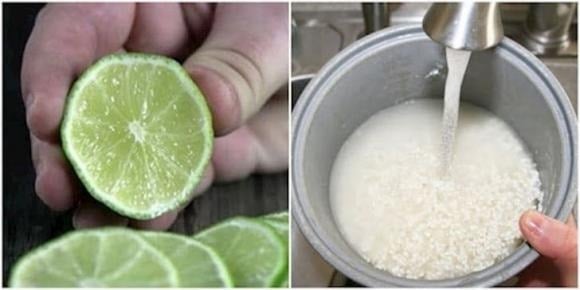
Why Lemon Juice Works
The natural acidity in lemon juice helps soften the water and slightly alter the surface of the rice grains, preventing them from sticking together. As a result, each grain cooks evenly and remains separate. The citric acid also acts as a mild natural preservative, helping the rice stay fresh longer without turning sour.
If you don’t have lemons on hand, you can use a small amount of vinegar instead — about 2 ml for every 1.5 kg of rice. The vinegar will produce the same whitening and softening effect, and its smell evaporates during cooking, so it won’t affect the rice’s aroma.
Add a Little Oil for Better Texture
Another simple tip to improve your rice is to add a small spoonful of cooking oil. You can mix the oil in before cooking or drizzle it over the rice after it’s done. The oil coats each grain, giving the rice a glossy, slightly rich texture that feels soft and smooth in your mouth.
For best results, use neutral oils such as vegetable or sunflower oil. If you prefer a subtle fragrance, try coconut oil — but use it sparingly as it can become overwhelming. Chicken fat (rendered from roasted chicken) is another great option for extra aroma and flavor.
If you use olive oil, add it after the rice is cooked to preserve its delicate taste and nutrients. For every cup of rice, one teaspoon of oil is sufficient. This small step makes a big difference, especially when cooking old or dry rice that tends to be less sticky or fluffy.
Secrets to Cooking Nutritious, Perfect Rice
Cooking rice may seem simple, but getting it fluffy, flavorful, and nutrient-rich requires a few important techniques.
1. Soak the Rice Before Cooking
Soak the rice in water for 30 minutes to an hour. This allows the grains to absorb some moisture, ensuring they cook evenly and become softer once done. It’s particularly useful for harder varieties like jasmine or basmati rice.
2. Wash the Rice Properly
Most of the vitamin B1 in rice is found in the outer layer of the grain. If you wash it too many times, you risk washing away valuable nutrients. It’s enough to rinse the rice gently once or twice, just until the water is no longer cloudy. There’s no need to wash until the water is crystal clear — that only removes flavor and nutrition.
3. Use Hot Water for Cooking
Cooking rice with hot water causes the outer surface of the grain to contract slightly, forming a thin layer that locks in nutrients. It also helps the rice cook faster, saving both time and electricity. This method is particularly useful for those who want to maintain the natural sweetness and fragrance of the rice.
4. Measure the Water Carefully
The right water-to-rice ratio is key to perfect rice. Too much water will make it mushy; too little will leave it hard or undercooked. Different rice varieties require slightly different ratios, so it’s best to experiment. For instance, 500 grams of rice generally needs about 600 milliliters of water. Adjust the amount according to your preference.
5. Avoid Opening the Lid Too Often
Lifting the lid during cooking releases steam and heat, which can lead to unevenly cooked rice. Try to resist the temptation to peek — only open the lid once the rice is fully cooked or when absolutely necessary. Frequent opening also exposes the rice to oxygen, which can reduce its vitamin content.
6. Let the Rice Rest After Cooking
When the cooker switches to the “keep warm” mode, let the rice rest for 10–15 minutes before fluffing it. This allows the moisture to distribute evenly, resulting in rice that’s soft yet dry on the surface. After resting, use a rice paddle to gently fluff it, separating the grains.
If you want to take your rice to the next level, you can add a small pat of butter, a drizzle of olive oil, or a few drops of sesame oil before cooking. This is a popular secret in Japanese households, helping the rice look shinier, taste richer, and smell wonderfully inviting.
Final Thoughts
Whether you’re cooking a quick family meal or preparing rice for a special dish, these small tweaks — lemon juice, a little oil, and careful handling — can transform a plain pot of rice into a fragrant, fluffy, and nutritious delight.
Next time you cook, try this simple trick. You might be surprised how just a few drops of lemon juice can make such a big difference in your bowl of rice. 🍋🍚
News in the same category


Serrated Leaf Motherwort: A Precious Herb with Many Benefits

Banana flowers and their little-known uses

Eat these 5 fruits to avoid magnesium deficiency, keep your heart healthy and your bones strong.

How to cook black bean perilla water to detoxify the liver and nourish the kidneys

A miracle will happen with a handful of seeds under the bed, unfortunately it's just now

Pouring white sugar into laundry detergent: A little tip that everyone loves, saves a lot of money every year

Tips for dealing with moldy and peeling walls: Simple, inexpensive, any house can do it

Stop wasting money on these 10 pantry staples
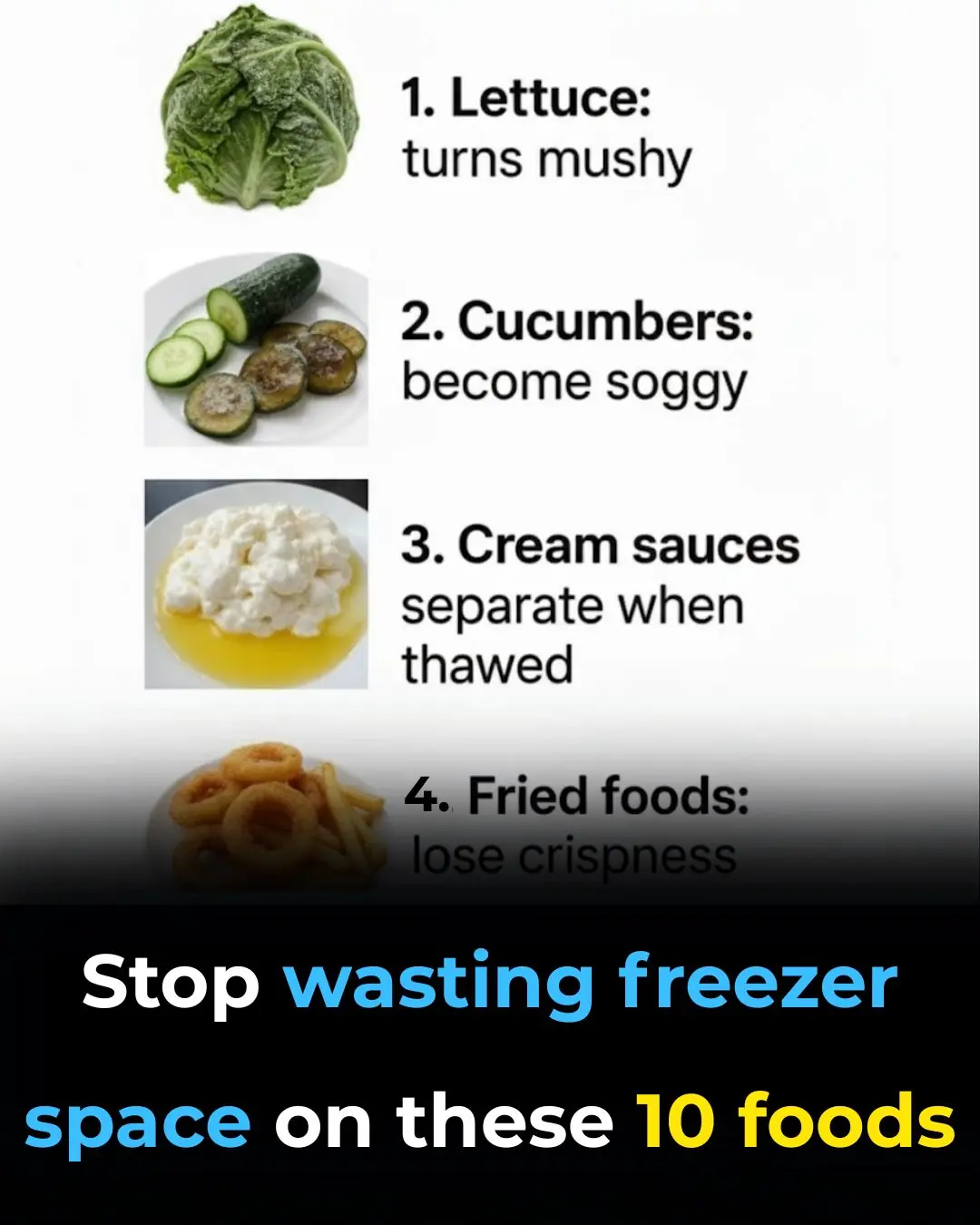
Stop wasting freezer space on these 10 foods

Whoa, this completely flew under my radar
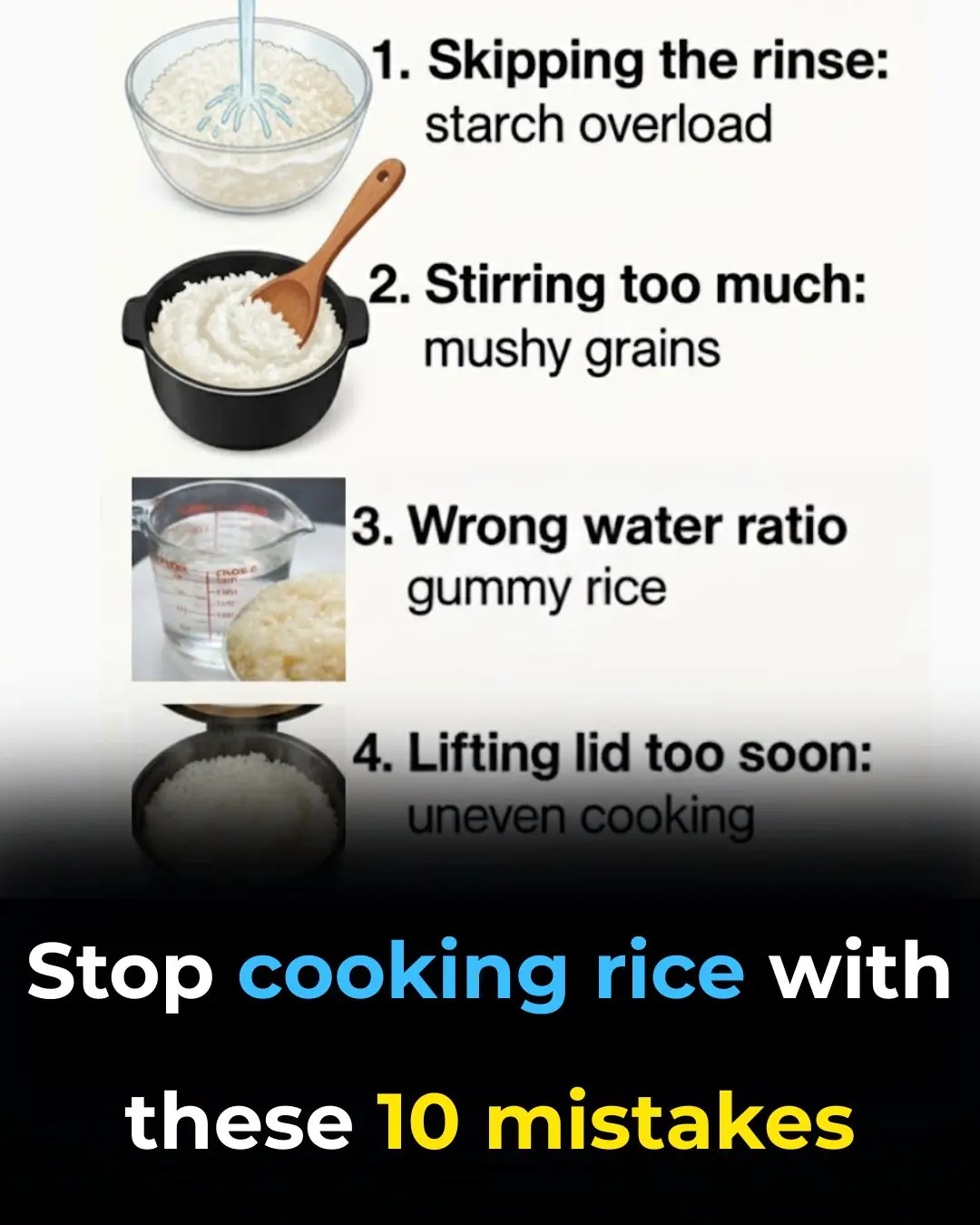
Stop cooking rice with these 10 mistakes
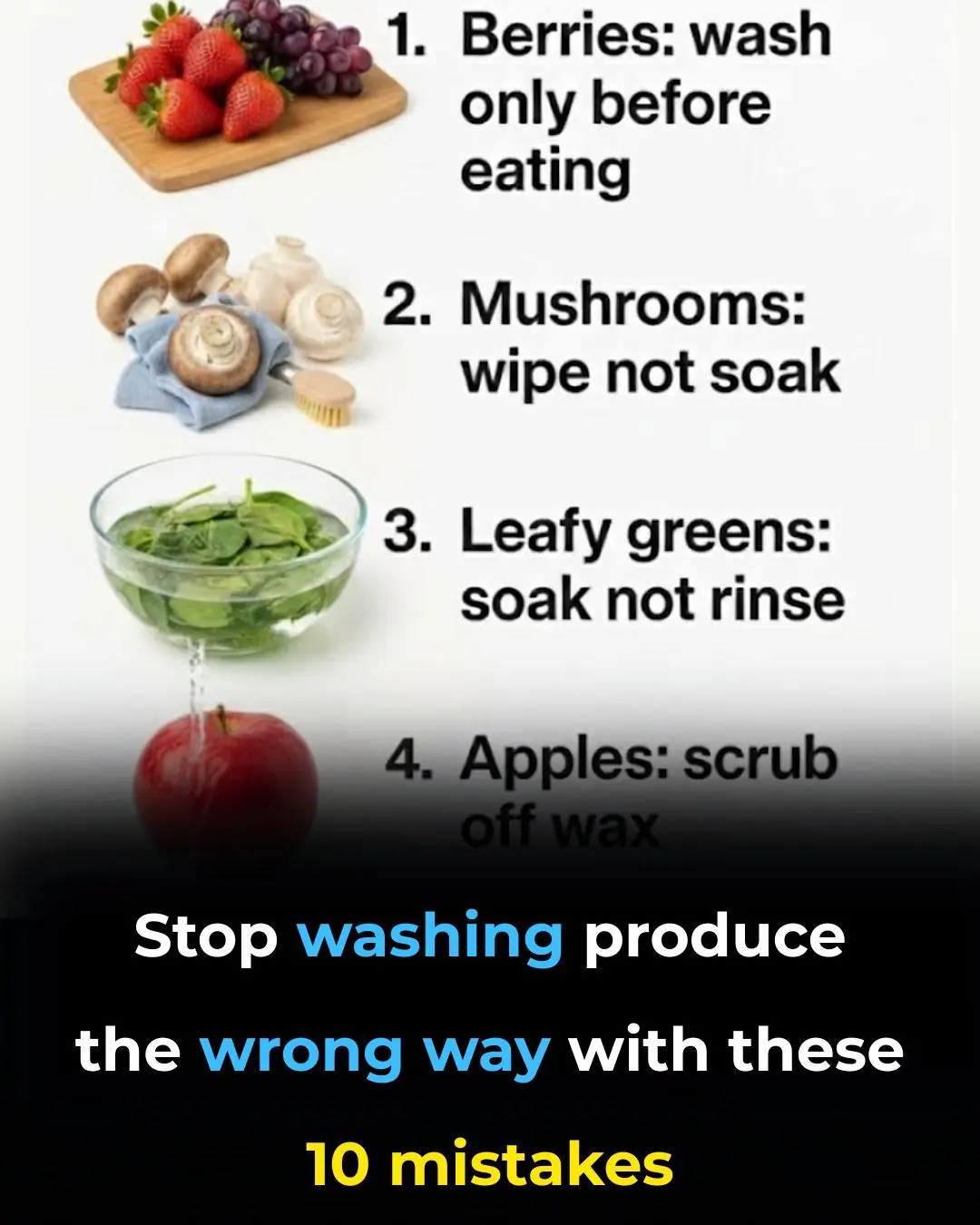
Stop washing produce the wrong way with these 10 mistakes

I didn't know

Stop cooking these 10 foods in aluminum foil

My nana taught me this hack to freshen carpets in 4 mins with 0 work. Here’s how it works

Tips for effective, safe and cost-saving pest control

Distinguish between clean bean sprouts and bean sprouts containing toxic chemicals with the following extremely simple tip.

How to make the Money Tree flower and have fresh shoots to attract fortune

How to make delicious beef stew at home extremely simple
News Post

Meet James West, The Black Man Who Invented The Electret Microphone

‘They Described a Man I Never Met’: Comedian Roy Wood Jr. Tells Shannon Sharpe He Learned To Love Watching How His Absent Dad Treated Another Family

This Brewery Is The Only Black-Owned Brewery In New York Brewing Its Beer On-Site

Joseph Deng Makes History as First Player From South Sudan to Sign a Professional MLB Contract

Meet The Specks, the Black Brother-Sister Duo Who Invented the Potato Chip

Meet Mr. & Mrs. Grady, Owners Of North Carolina’s Only Black-Owned Whole Hog Barbecue Smokehouse

Negro History Week: Here’s the True Story Behind Black History Month

Buckingham Palace statement in full as King Charles removes Prince Andrew’s title

Has the Bermuda Triangle Mystery Finally Been Solved

Put the entire roll of toilet paper in the refrigerator

4 Types of Shoulder Pain That May Signal Dangerous Cancer — Don’t Mistake Them for Simple Joint Problems

6 Body Parts That Turn Black May Signal Cancer — Don’t Ignore Them

Serrated Leaf Motherwort: A Precious Herb with Many Benefits

Banana flowers and their little-known uses

Eat these 5 fruits to avoid magnesium deficiency, keep your heart healthy and your bones strong.

The Amazing Power of Caesalpinia pulcherrima (Peacock Flower)

White Bumps or Spots on Lips: Causes and Effective Treatments

Corn Silk: 30 Health Benefits and How to Use It
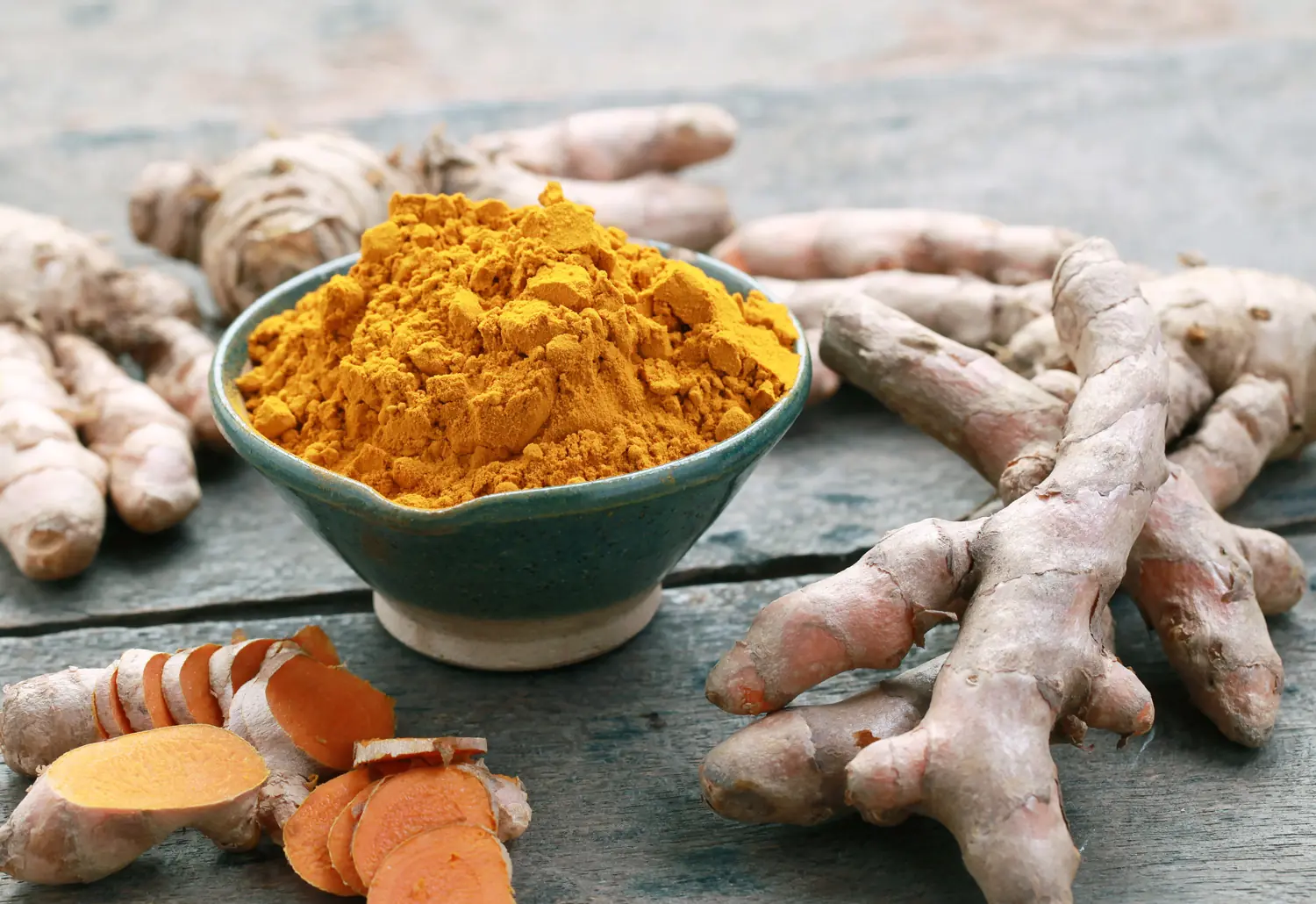
Turmeric Dosage: How Much You Actually Need for Arthritis, Cancer, and Other Diseases
